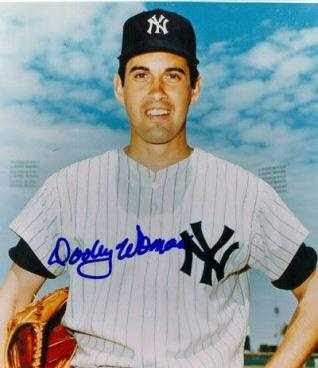
In the early 20th Century, the United States more or less treated Cuba as a protectorate. The Cuban republic had been set up after the Treaty of Paris ended the Spanish-American War in 1898 and young country's constitution contained a clause that allowed the U.S. to interfere in Cuban finances and foreign affairs.
The open policy and American dealings in the country allowed Americans to export baseball to Cuba, where professional leagues quickly developed. In short order, the Cuban leagues integrated, and by 1915, black American players traveled to Cuba to play on integrated teams, while white American clubs signed light-skinned Cubans to play in the big leagues1.
Manuel "Potato" Cueto2 was just the ninth Cuban-born player in the major leagues, debuting in the middle of the 1914 season for the St. Louis Terriers of the newly-formed Federal League. He struggled in 19 games as a Terriers' infielder, reaching base just nine times in 53 plate appearances. The Terriers dropped him (and the Federal League folded in 1915), and Cueto played a couple of seasons in American semi-pro leagues.
In 1917, the Cincinnati Reds took a chance on the Cuban. This was not at all unusual; five of the first 10 Cubans in the majors played for the Reds at some point. Cueto would play three seasons from the bench for Cincinnati. He primarily played the outfield, but also filled in at second base, shortstop, and catcher. His traditional numbers paint him as a pretty good defender with 11 assists in just 82 games in the corner outfield. He also batted respectably (.244/.323/.266 with the Reds) for a backup outfielder playing behind Hall of Famer Edd Roush, future GNIB-er Greasy Neale and pretty-good-player Tommy Griffith.
After the 1919 season, Potato Cueto played in the minor leagues until 1930, including several years with the Mobile Bears and the Tampa Krewes. Cueto then played and managed in Cuba and elsewhere in Central America, but he reappeared in 1938 at the age of 46 for 16 games with the Portsmouth Cubs, a Chicago Cubs affiliate of the Piedmont League.
Potato died in Cuba in 1942; he was 50 years old. Cueto was inducted into the Cuban Baseball Hall of Fame in 1950.
Cuban players were the first Hispanics to play for major league teams3, though the influx of Cubans changed in the late 1950s for some reason4. Can anybody offer some insight into this?
For more information on Manuel Cueto, click on this Internet Web site, which claims Cueto's actual nickname was "El Hombre Diablo" (The Devil Man!).
1 NPR recently broadcast a story on "skin tones" of Cuban players. It can be read and/or heard here. For a more comprehensive view of Cuban baseball history, read this 1984 article from The Atlantic on the subject.
2 The nickname almost certainly stems from a collective American inability to grasp Spanish pronunciation. The result was an obvious "sounds like" nickname. One Alternate nickname explanation includes the early baseball cure for a hangover, which involved cursing and/or murdering the barkeep who served you cheap potato vodka by the bucket the night before.
3 Players didn't really arrive from other Hispanic countries en masse until the 1950s, though a handful of Mexicans (1930s), Puerto Ricans (1940s) and Venezuelans (1940s) appeared before or during World War II.
4 The flow of Cuban players debuting in the major leagues actually didn't slow until the late 1960s. It remained relatively slow (though with a few notable exceptions) until the mid-1990s, when pitchers like brothers Livan and Orlando Hernandez found success. The success of this generation of Cuban players has led to a resurgence of Cubans in Major League Baseball, all of whom have been nicknamed "The Cuban Missile."












